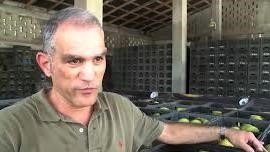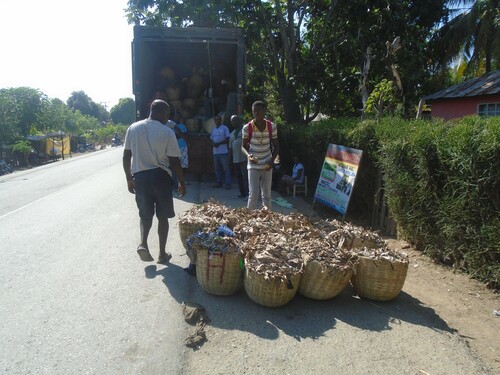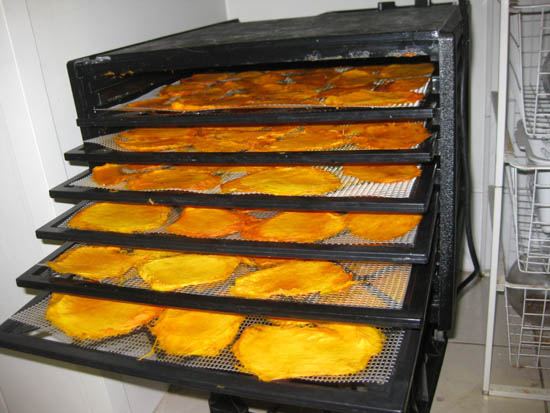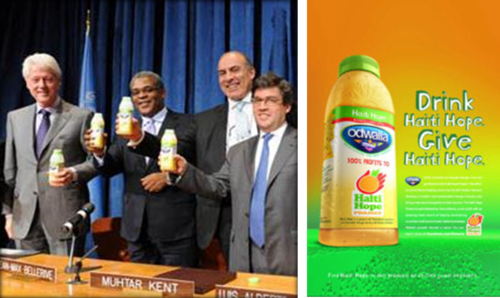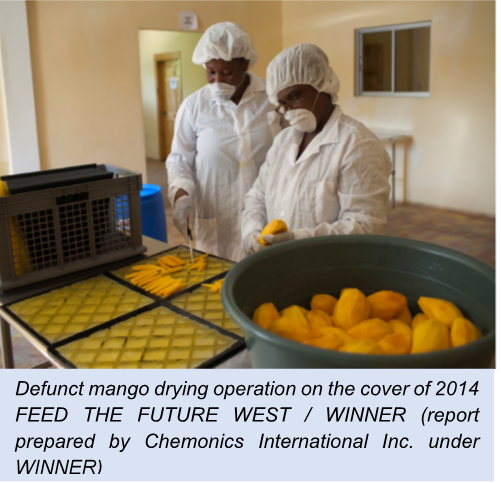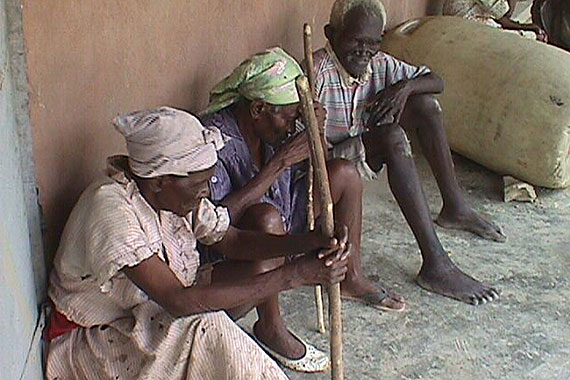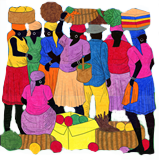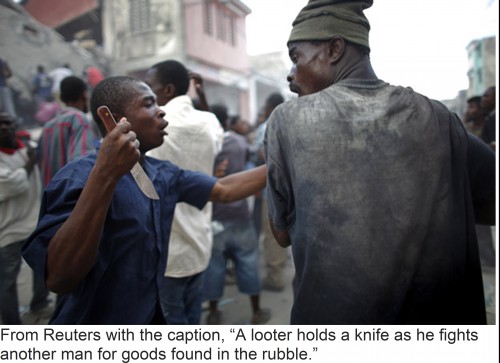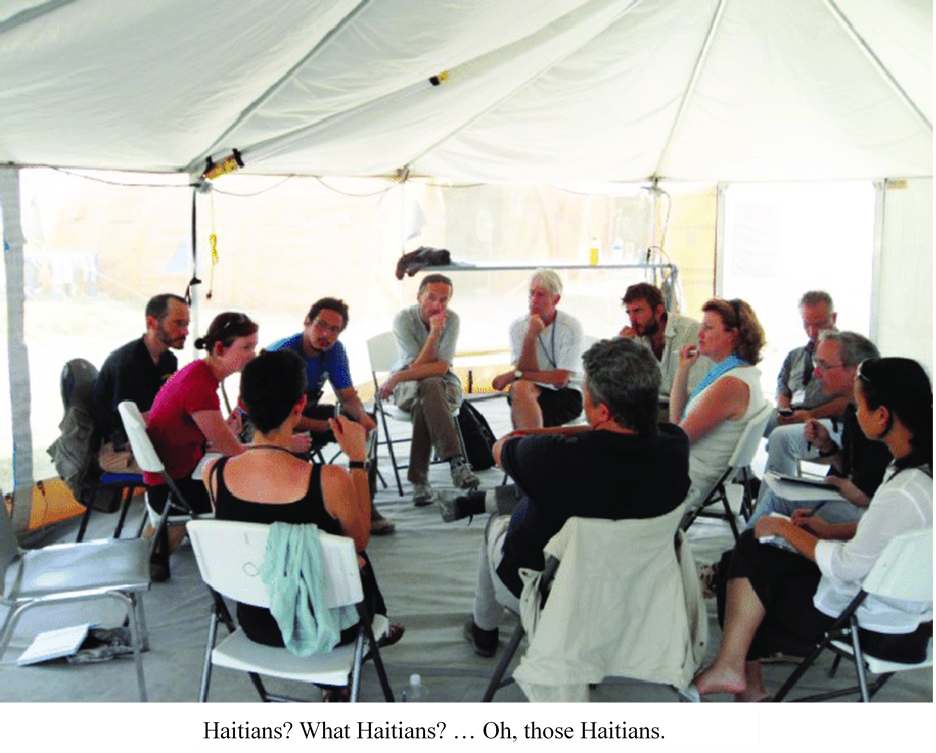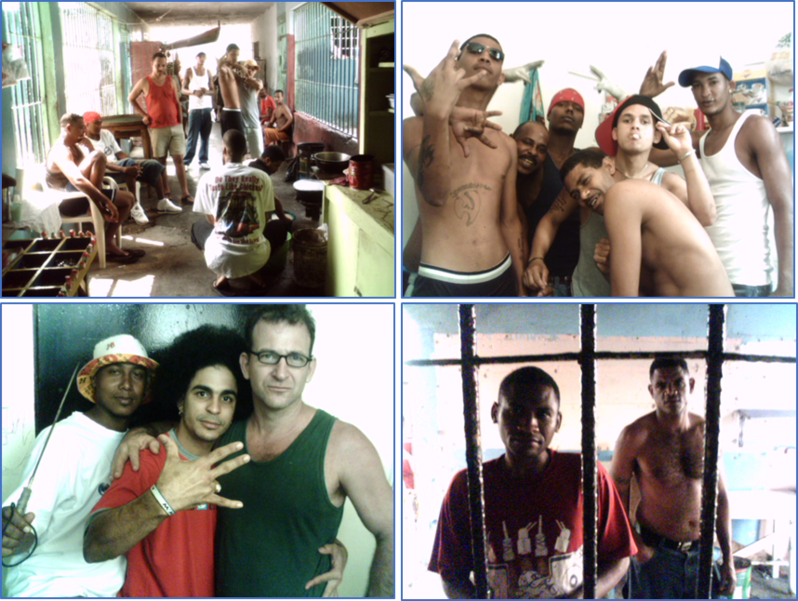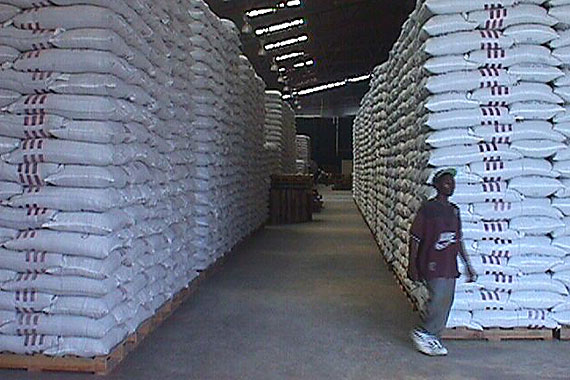Lying Sack of Mango: Travesty of Export Prices
This article summarizes how USG funded aid agencies and contractors have manipulated price data to make it appear that they have improved the export market chain price for mangoes. As seen below, they’ve rather boldly misrepresented their own data to make their case.
Belying Basket of Mango: TRAVESTY OF EXPORT VS. LOCAL MANGO PRICES Part II
If we consider the value of a panye (basket) in terms of a poor market woman selling mangoes in the local market, where 95% or more of all Haiti’s mangos get sold, there is clearly a price floor at which point it makes no sense to harvest and sell mangos. There is a point whereRead More
Cheaper by the Dozen Mango Travesty I
It is not at all what NGOs or Haitians mean–any of them—when they say “dozen.” Not those in the mango business anyway. First off, for the poor Haitian producers, they do not measure in weight and they seldom measure in number. They measure in volume. Hence when trading locally in mangos they do not useRead More
Cheaper by the Dozen Mango Travesty II
Puzzling regarding change in prices, size of dozens and reject rates is that HAP made claims in 2005 almost identical to those of Haiti Hope project claims in 2014 and 2015. Quoting directly from the HAP 2005 evaluation, Field interviews indicated that ten years ago producers were paid four gourdes for a dozen mangos, andRead More
Haiti, Not Open for Business: Another Dried Mango Export Travesty
Despite a whole lot promises and some $120 million donor dollars invested in the domestic mango industry over a period of 20 years, as of 2015, Haiti had no new mango processing facilities. A 2012 TNS feasibility study showed that a Coca Cola supported juice and pulp processing factory would be profitable only after 10Read More
The Travesty of Haiti Hope and Haiti’s ANEM Mango Cartel: Part I
Ninety-five percent of all Haitian mango exports go to the US and they all must go through a cartel composed of eight export packing houses, ANEM (Association Nationale des Exportateurs de Mangues). A cartel is a group of sellers or buyers that have been granted government sanctioned authority to organize themselves to behave like aRead More
The Travesty of Haiti Hope and Haiti’s ANEM Mango Cartel: Part II
An illustration of how dysfunction ANEM is but how it’s members relish aid and support from international donor community came after the 2010 Haiti earthquake when USAID, Coca Cola, and IDB funded the Haiti Hope project, investing $10 million in the mango sector for the period 2010 to 2015. The donors and ANEM claimed theRead More
Coca Cola Mango Travesty
In 2010, the Coca Cola company helped initiate a project called Haiti Hope: a USAID, IDB, and Coca Cola joint venture that aimed to increase mango production and export. It was different than all preceding Haiti mango projects in that it was founded on the “Hope” that there would be an immediate and dramatic increaseRead More
USAID Funded Chemonics Mango Travesty: WHAT’S WRONG WITH THIS PICTURE?
Based on market analyses, USAID/IDB/Coca Cola funded Haiti Hope project decided not to invest in processing enterprises. A good example of the problems that afflicted those processing enterprises that other projects invested in comes from Mirebalais, Haiti. With support from USAID/WINNER’s $127 million Feed the Future West project, the Mirebalais association ADAIM (Association pour leRead More
The Harsh World of Being an Aid Worker
It’s March 21st, two months and nine days after the 2010 Haiti earthquake. I’m seated at a table surrounded by five other diners, in a crowded outdoor restaurant, trying to work a legally undersized lobster tail out of its shell. The town in which this restaurant is located is called Jacmel. It’s a special place.Read More
BROKEN PROMISE: ANTHROPOLOGY AND THE HUMANITARIAN AID SECTOR
To explain, one has to understand the evolution of anthropology and humanitarian aid industry. The two are—or at least once were– intricately intertwined.
Madam Sara vs. Komèsan: Subsidizing Self Destruction
Originally published in January 2012 on Open Salon Madan Sara The madam sara (or phonetically madan sara) is the itinerant female Haitian market woman. She is the principal accumulator, mover, and distributor of domestic produce in Haiti and as such represents the most critical component in what anthropologists have long called the internal Haitian marketing system, the one upon whichRead More
Haiti Earthquake Media Exaggerations: Violence, Murder & Mayhem
This is a chapter from a book that I am wrote, the Great Haiti Humanitarian Aid Swindle (2017). I originally published as it is here on Open Salon in 2011. I think it’s important because it summarizes the role that the mainstream media played inciting panic over insecurity after the earthquake. Anyone interested inRead More
OCHA Clusters in Haiti: Bureaucratic Path to Extinction
It is one month after the earthquake and I am sitting in the restaurant of a chic colonial era hotel using the wireless. There are two other men nearby. They are seated several tables apart having a loud cross-restaurant conversation about their respective attempts to help Haiti. They are a special kind of missionary/aid workerRead More
Justice System in the Dominican Republic
Originally posted on Open Salon in 2012 The research and inspiration for this blog began when I was arrested and imprisoned for four months in a Dominican Penitentiary (I was falsely accused of organizing illegal boat voyages; subsequently tried and acquitted). The experience—not all bad–gave me an inside look at the Dominican penal system. WhenRead More
FOOD AID PART I: Food Security, USAID, WFP and Destruction of Haitian Ag Economy
Orinally published on Open Salon, August 2012, Port-au-Prince I’ve recently been eliminated as a candidate for consultant work in the US Food for Peace Office in Haiti . The reason has nothing to do with the death count report on which I was lead researcher and that has garnered a lot of media attention. ThatRead More
